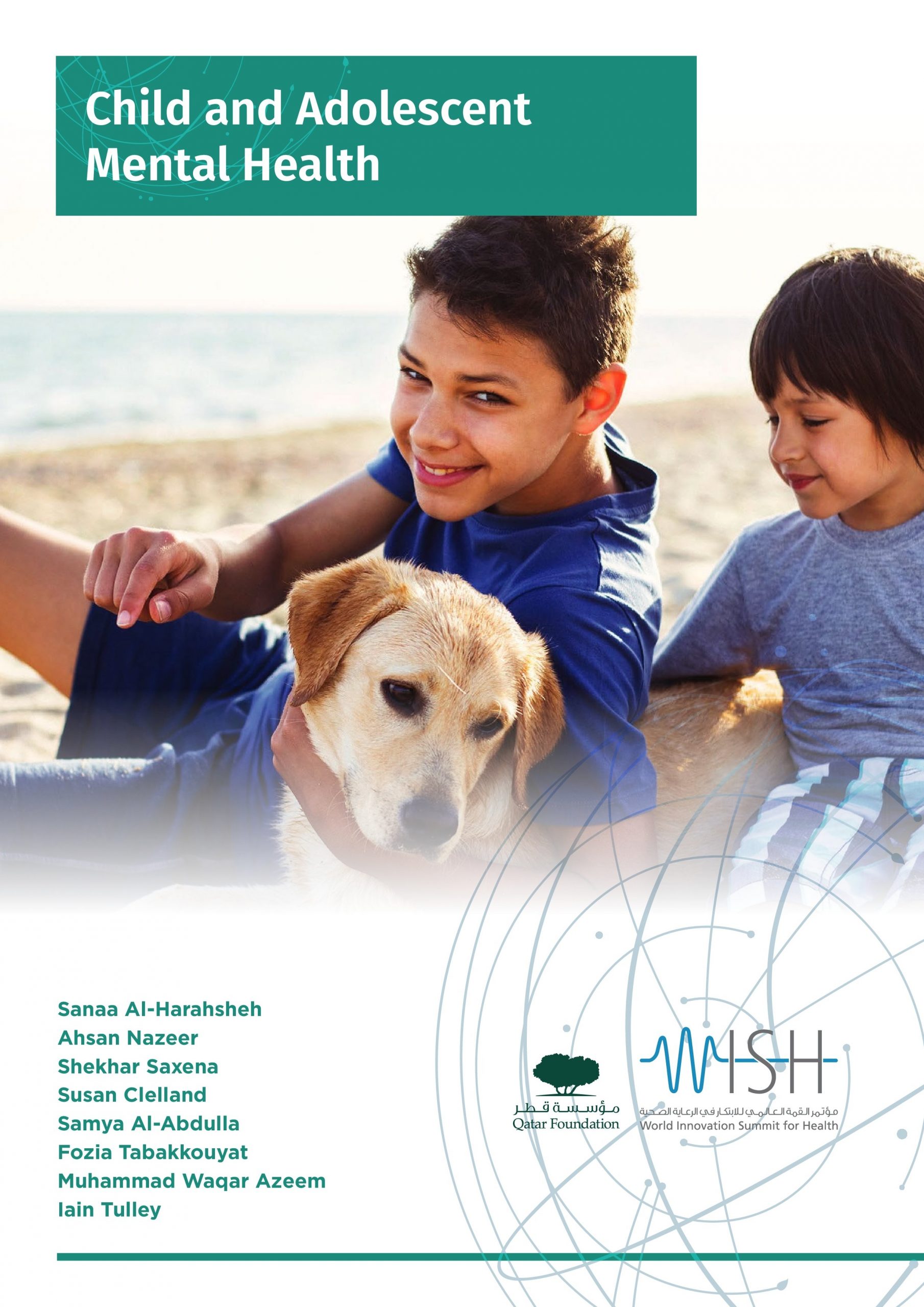Executive Summary
This policy briefing provides a summary of the current status and recent developments in the area of children and adolescent mental health – ages 0–18 – mental health (CAMH) in Qatar while also referring to the challenges across the globe in this area. It also highlights the existing problems and gaps in the services/care; policy and legislation; public knowledge and awareness; research, monitoring, and evaluation; promotion and prevention programs; children and families’ involvement. And partnerships, and it provides recommendations to achieve better outcomes.
The mental health of children and adolescents exists on a continuum and is an integral part of their overall wellbeing. Better mental health during the early years of life builds a foundation for future learning, health and life success.1 Alternatively, poor mental health is associated with low educational achievements, unemployment, substance use, disability, increased risk-taking behaviors, self-harm and inadequate self-care – all of which increase the lifetime risk of morbidity and mortality, while placing an increased burden on the national resources.
Despite the recent progress across mental health services for children and adolescents in Qatar, significant challenges and gaps exist in the current landscape. These services are unbalanced and understaffed and have budgetary problems. This situation is further compounded by a lack of dedicated CAMH policies and legislation and cross-sector collaboration. Other challenges that are important to note are lack of trained primary care staff in the mental health needs of the children and adolescents, the stigma and lack of awareness about the need for child and adolescent mental health services (CAMHS) among healthcare executives and policymakers as well as limited community engagement, lack of research in this area, and minimal monitoring and evaluation for current services, limited school-based mental health support, and potential harms of excessive use of digital technology.

